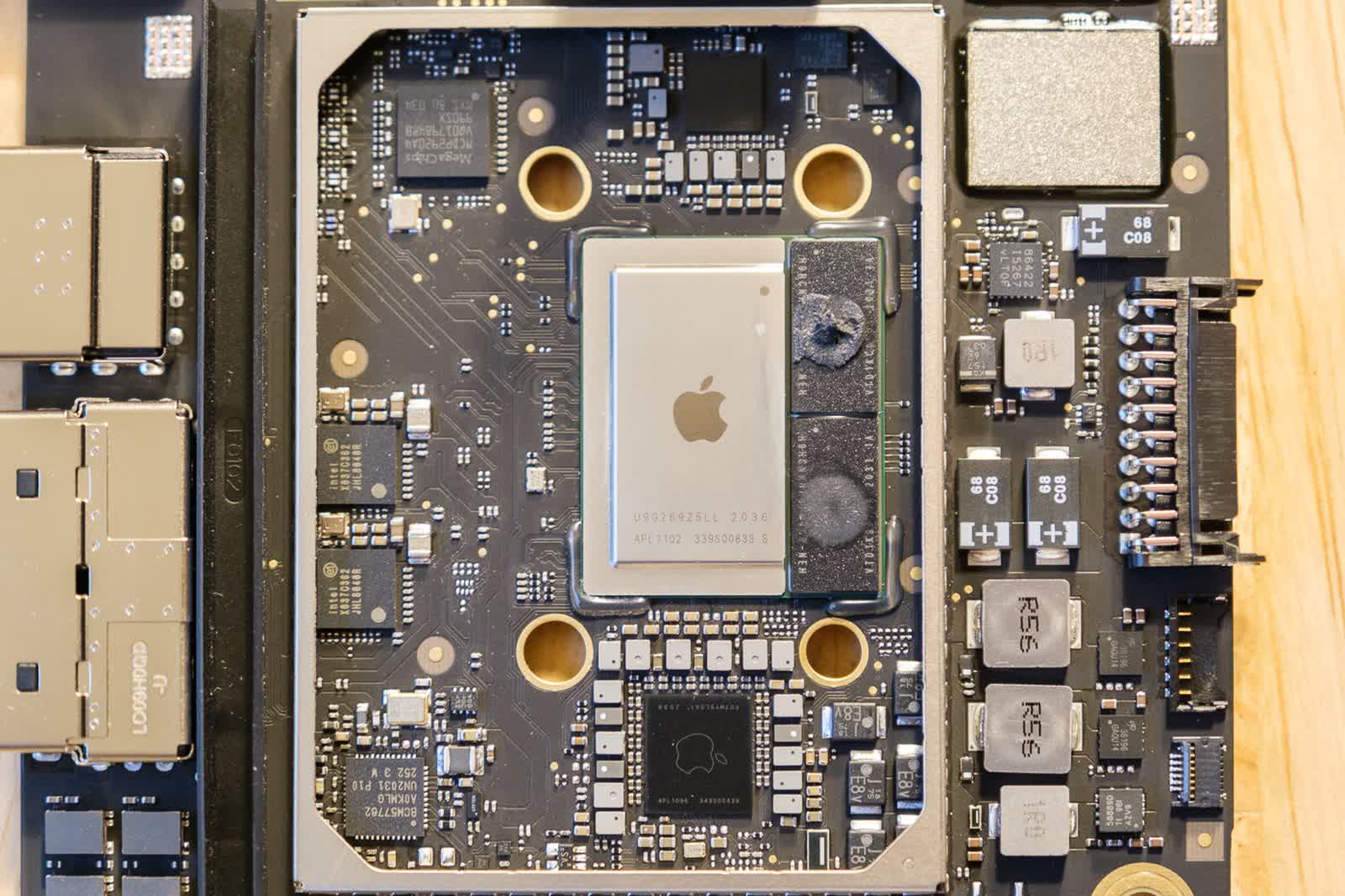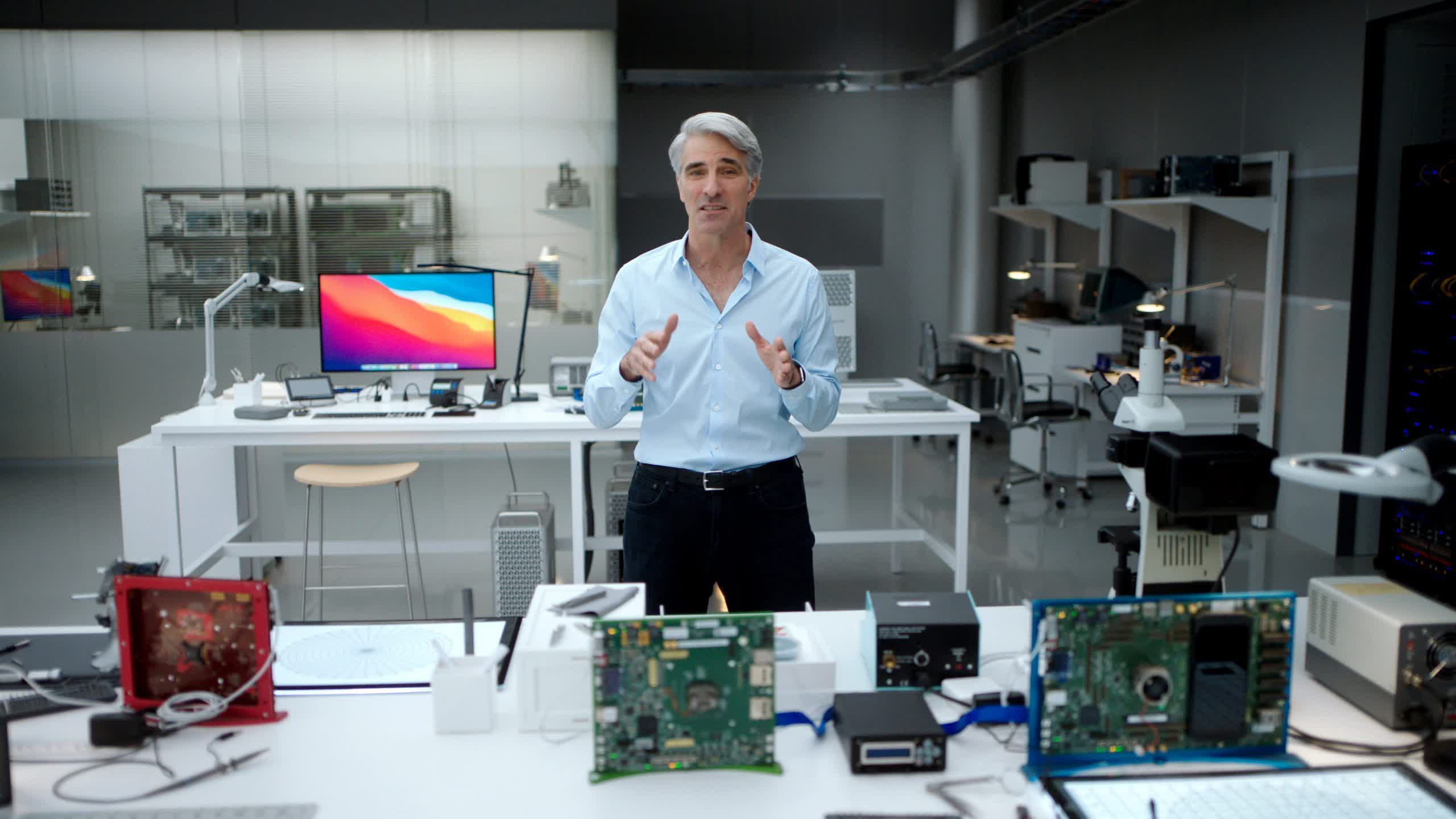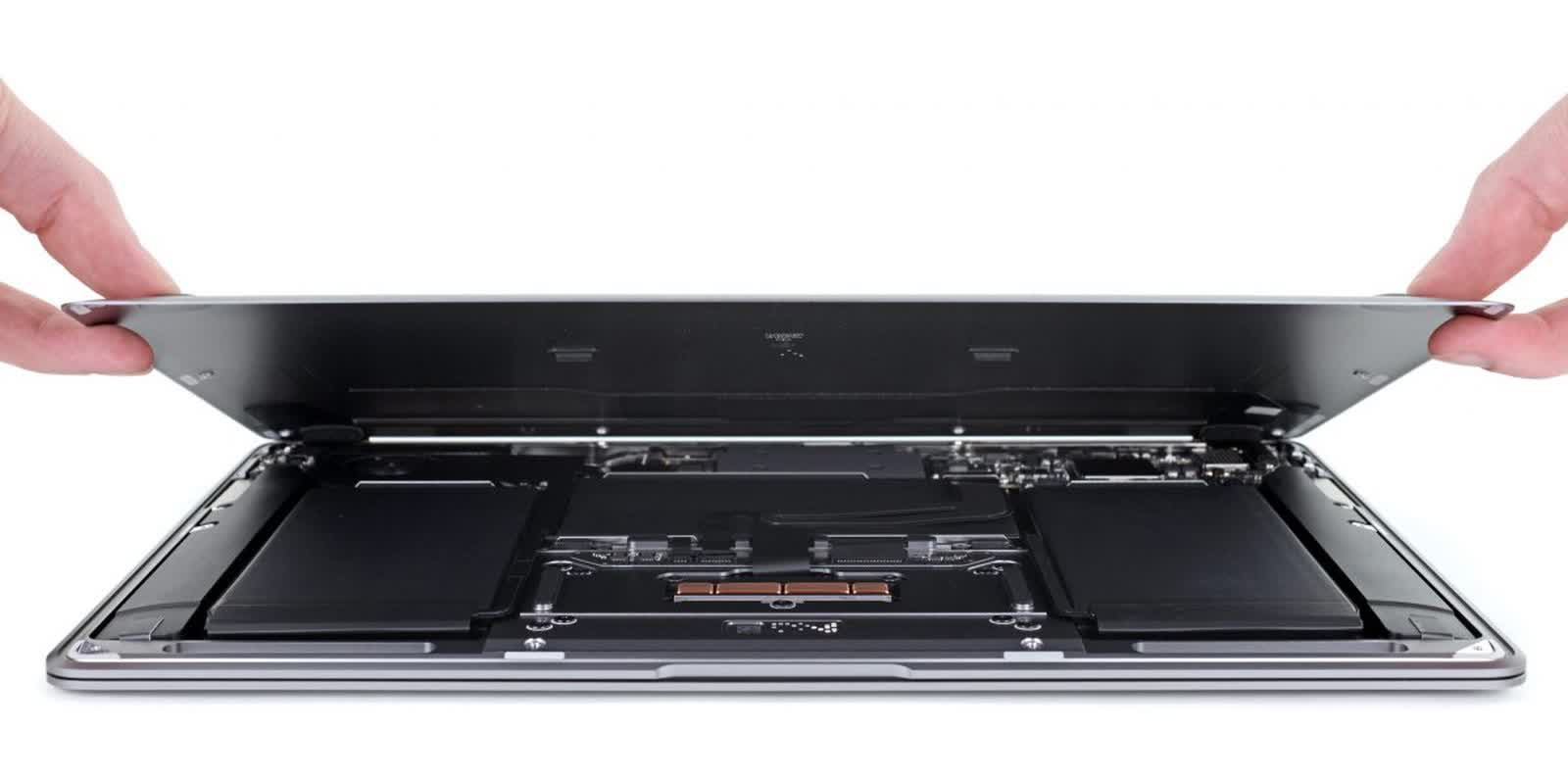Bottom line: By the time Apple finishes transitioning the entire Mac lineup to Apple Silicon – about 18-20 million Macs are sold yearly worldwide – the company will have saved billions of dollars in production costs. Users will get better performance and energy efficiency, but not necessarily lower prices of their shiny aluminum computers.
It's been speculated that by switching to its own M1 SoC, Apple would effectively save money in terms of component costs. Analyst Ming Chi-Kuo previously said the bill of materials could be reduced by 40 to 60 percent when it comes to using Apple Silicon as opposed to using Intel's latest CPUs.
Sumit Gupta, IBM's vice president of AI strategy, recently made an analysis based on estimated shipments of Macs and M1 chipset's estimated production cost of $40 to $50 per unit. Then he compared that to the estimated cost of an Intel Core i5 dual-core CPU in the MacBook Air, which is anywhere between $175 to $200, as well as the Intel Core i5 quad-core found in the MacBook Pro, which costs anywhere between $225 to $250.
The resulting savings would be $2.5 billion on a year like 2020, when the supply chain took a hit as a result of the pandemic. That's assuming that Gupta's estimates of 5.4 million MacBook Air units and 8.6 million MacBook Pro 13 units align with Apple's internal sales numbers. Based on the component price estimates, Apple has spent around $3.2 billion on Intel processors alone for those 14 million Macs, whereas the same amount of M1 chips would cost $697 million. And that doesn't include Mac minis.

Granted, this is just an estimate, but according to Morgan Stanley analyst Katy Huberty, lower-tier Macs made up 91 percent of all Mac shipments in the past twelve months, which could be part of the reason why Apple transitioned these machines first.
Something we can safely assume for now is that the company won't be making its Macs more affordable, save for the M1 Mac mini, which is now $100 cheaper than the last generation. This was made clear when the company explained the new M1 Macs would come with a familiar design as well as a familiar price tag, even as the new machines can only be configured with either 8 or 16 GB of RAM.
Before you get out your pitchforks, it's important to understand that it may take a while before Apple's higher margins can materialize in a meaningful way. This is because the M1 is manufactured using TSMC's 5 nm process node, which is still relatively immature and possibly prone to yield issues, to say nothing of the EUV tooling costs. Essentially, the M1 could be far more expensive than the $40 to $50 estimate, potentially north of $100.
Back in September, it was revealed that a single 5 nm wafer from TSMC could cost as much as $17,000. This is more than what Apple, AMD, and other companies are paying for a 7 nm wafer carrying the chips used in their latest products. So far, TSMC claims it's getting better yields on the 5 nm process node when compared to 7 nm, but we don't know if that necessarily translates into lower prices when you consider the demand.
It's worth noting that based on early reviews and first impressions, Apple's new M1-based Macs rival previous-gen Intel-based machines that are more expensive and have lesser battery life. This redefines the notion that there are lower end Macs and higher end Macs, since the M1 Macs have been shown to perform surprisingly well against some existing ones costing up to three times more, such as the 16-inch MacBook Pro.

In an interview with Om Malik, Apple software engineering chief Craig Federighi, hardware technologies chief Johny Srouji, and marketing chief Greg Joswiak explained that when it comes to the M1, it's "not about the gigahertz and megahertz, but about what the customers are getting out of it."
Federighi noted "the specs that are typically bandied about in the industry have stopped being a good predictor of actual task-level performance for a long time. Architecturally, how many streams of 4k or 8k video can you process simultaneously while performing certain effects? That is the question video professionals want an answer to. No spec on the chip is going to answer that question for them."
Professionals are no doubt curious to see what Apple can do to scale up Apple Silicon for the iMac, MacBook Pro 16, and the Mac Pro. Federighi says "their day will come. But for now, the systems we're building are, in every way I can consider, superior to the ones they've replaced."
Masthead credit: iFixit
